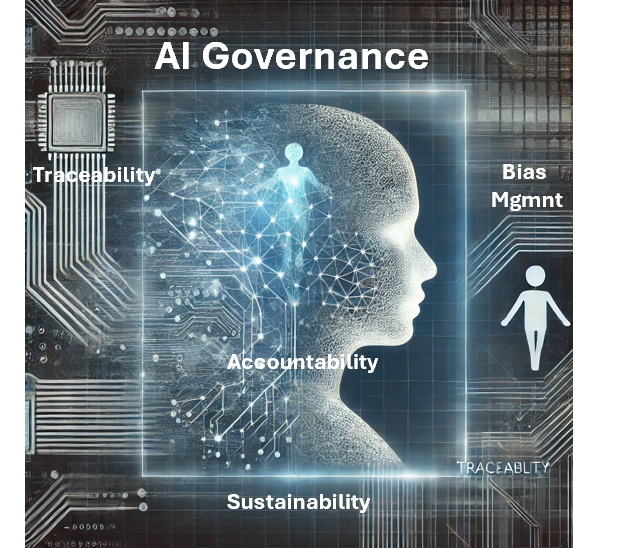Using Effort to Reduce Resistance - a revised theory of change
- derekfmartin

- Jan 23
- 4 min read

I was recently asked “What’s your approach to change management” and it didn’t go well.
Even as I responded with things like creating a shared vision, communications and goal setting, I knew these are just tactics rather than an approach. This head scratcher led me back to the theory of change, but I still struggled to find a practical application.
This article proposes a revised theory of change equation as a framework to driving organizational change. It recognizes the important relationship between Effort and Resistance and provides an approach for project and change managers to manage perceived Effort to reduce or even reverse resistance.
Original Theory of Change and Change Drivers
Standing on the shoulders of giants like Peter Drucker, Dave Gleicher provided us an original formula for managing change, expressed as D x V x F > R, where:
D: Dissatisfaction with the current situation
V: Vision of the desired future state
F: First steps toward the vision
R: Resistance to change
While these elements are important, they miss a crucial piece of the puzzle: effort. After years of measuring clicks and customer effort score, it’s this author’s opinion that the amount of effort required to adopt a change has a significant, non-linear impact on resistance to change. By adding Effort to the change equation, project managers can more effectively identify, optimize, and counter balance short term and long-term effort as a way to reduce/reverse resistance at its source.
Effort Changes the Change Management Equation
We raise R to the power of E to capture the non-linear relationship between effort and resistance. Consider the status quo amount of effort = 1. Where change promises an end user a perceived net reduction of their long-term effort equation, it is less than 1 and will have minimal impact to resistance or even create a negative force on resistance (motivation). Changes requiring net increase in perceived levels of effort vs status quo will be >1 and should expect increased resistance.
Applying the New Change Equation: CRM Implementation
Most marketing technology stacks evolve rapidly and provide ample opportunities to apply our new change equation. Let’s use a CRM implementation project as context.
Driving Force: As a global services provider, our client relies heavily on CRM and financial systems to manage primary data including account and contact information, engagement activity, billing and payment activities. These systems act as both a data repository and trigger for automated flows, messages, and account status rules. As essential components of the customer lifecycle, these systems support the life blood of the organization, opportunity metrics and billings.
Urgency: The current system is outdated and hinders cross-team collaboration and scalability.
Shared Vision: The organization recognizes the potential benefits of the new system for improved efficiency, data organization, and customer relationships.
Change Capacity: Like many professional services companies, our client has a robust capacity for change embedded in its recruitment, recognition, and underlying product promise.
Readiness for Change: Shared Vision on the project. Strong track record of successful change initiatives. Culture of learning and adaptability. Prioritized required allocation of SME’s and stakeholders.
Change Infrastructure: A robust framework of tools, resources, and training program and practitioners is available to support the implementation.
Resistance: Because of the central role that the CRM and financial system play on the entire business lifecycle, the potential for resistance is elevated. Tolerance for error is extremely low. Objective to standardize processes will need to rationalize requests for customization.
Micro-level concerns: Standardized processed can cause friction with local policies and adhoc controls that provide more account management and billing flexibility.
Mixed emotions on the benefits of increased transparency vs the need to address legacy practices and inefficiencies that transparency may surface.
Fear of disruption: Account managers fear the new system will disrupt their client relationships and billing processes.
Effort: Its here where the project or change manager has leverage. By actively listening to users about ways to improve their experience she can identify and prioritize efficiency improvements in development and communications.
Short-Term: The project is complex and will span several years. The organization has formally allocated key project resources to ensure availability and recognition. Disruption is minimized by releasing the MVP to a smaller pilot group, providing time for fixes / improvements before rolling out to other users.
Long-Term: Thoughtful capture of long term requirements/improvements provides significant opportunity to highlight control and efficiency benefits.
So What: Applying the new equation to improve results
Taking a fresh look at (Driving Force x Change Capacity) > R^E, we see the ability to directly impact resistance by more effectively managing and communicating short and long term effort.
Short-Term Effort Reduction: Ensure adequate capacity allocation and recognition for key project resources. Conduct focus groups and listening sessions to understand, acknowledge and address concerns from different user personas Phase release plan to minimize disruption and provide time for iterative improvements Streamline training delivery and provide ongoing support and upskilling
Long-Term Effort Reduction: Establish ongoing feedback loops with core users to build trust and identify future improvements Platform “champions” group of advanced users: prioritize, prototype and promote new features. Establish an “efficiency” category in the development pipeline and flag all tickets that will improve efficiency. Conduct an annual user survey to measure satisfaction and capture and new ideas on features, training and low code enablement Ensure training/empowerment of new features in short form format (hover overs, “walkme”, video snippets) and highlight success stories Set annual efficiency improvement targets and share progress in dashboards
Conclusion: It is said “the only constant is change”. If that’s true than even the theory of change is subject to revision. By applying the updated change management equation, project leaders can more directly leverage Effort to reduce resistance to change and drive positive outcomes.




Comments